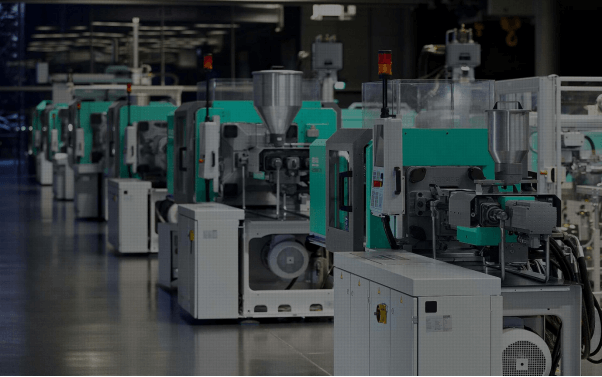This is an excerpt from the injection mold factory in China by revered experts devoted to helping you understand the nature of the injection mold plant and its setup. The article covers the injection molding management series and methods for setting up the factory. Although the focus is on custom injection molding operations, multiple points regarding the plant layout, equipment needed, and staffing apply to the captive molding operations.
The Preface
Two decades ago, custom molding companies were considered top-notch businesses. As of today, because of mergers and acquisitions, such company sizes are considered small. Even though a person can set up a viably small injection molding company for a little less than $ 1 million, its chances for success are small.
Besides, entering the custom injection molding industry with about three presses as well as minimal capabilities imply penetrating a competitive market that is already crowded with low-end molders.
Since the molders with below $1 million annual sales can offer secondary services, their competition is based on different price indicators. This can result in low-profit margins, coupled with a lower survival rate.
The demand for top-notch molding facilities is incorporated into state-of-the-art manufacturing capabilities. Therefore, the entry bar into the industry continues to rise considerably. A significant financial investment is needed rather than being in a position to penetrate the molding business-like in the past three decades.
So this means that the input of a bank is required. It would help if you also considered partnering with a lending institution to pull together the needed funds. Likewise, there are barriers to the market entry for several operation providers focused on getting a good ROI. It is not enough to purchase molding machines and put them in a room without improvement in the long run. You should make sure that they are operating in the factory.
That said, captive operations should not only make that initial investment but remain prepared to stay technologically attuned.
Finding a niche and the right focus
Custom molders have established that there is a niche to specialize in. With the garnered experience, a molder becomes good at designing and molding a particular type of material within the market segment. In other words, the molder should have acquired extensive experience and become an expert and then stuck with these skills.
In many cases, a captive molder should be capable of inheriting a market. But they need to develop some expertise and then focus on what a custom molder should do.
It is increasingly apparent that when starting a business, you are probably given a niche market to focus your business on. In that case, you need to know if it is possible to mold large parts or smaller parts. You should also be aware of the possibilities of molding high-volume parts.
Many people would admit that to become a high-volume molder, it takes vast experience.
The layout
If you have start-up capital, you can invest in physical construction. In this case, you would build the plant’s layout since it is an essential consideration for your business’s growth. Allow up to 1000 sq of space for every molding press. This should account for molding production, material storage, and mold maintenance.
Bottom Line
As with other capital purchases, the actual price you need to pay for a unit is directly dependant on several variables. Injection molding has several variables. However, they depend on the material you want to mold and the money you will spend.

